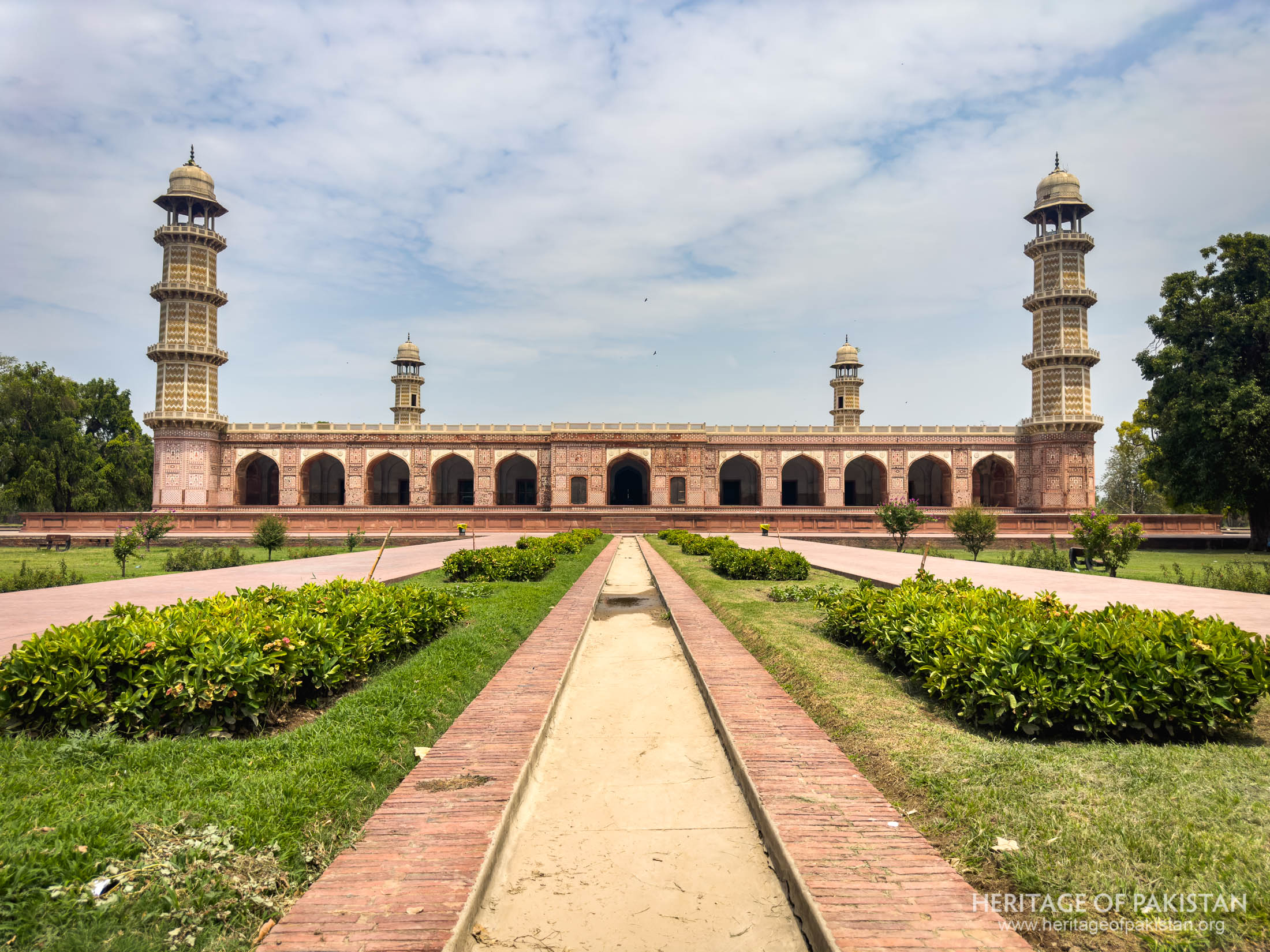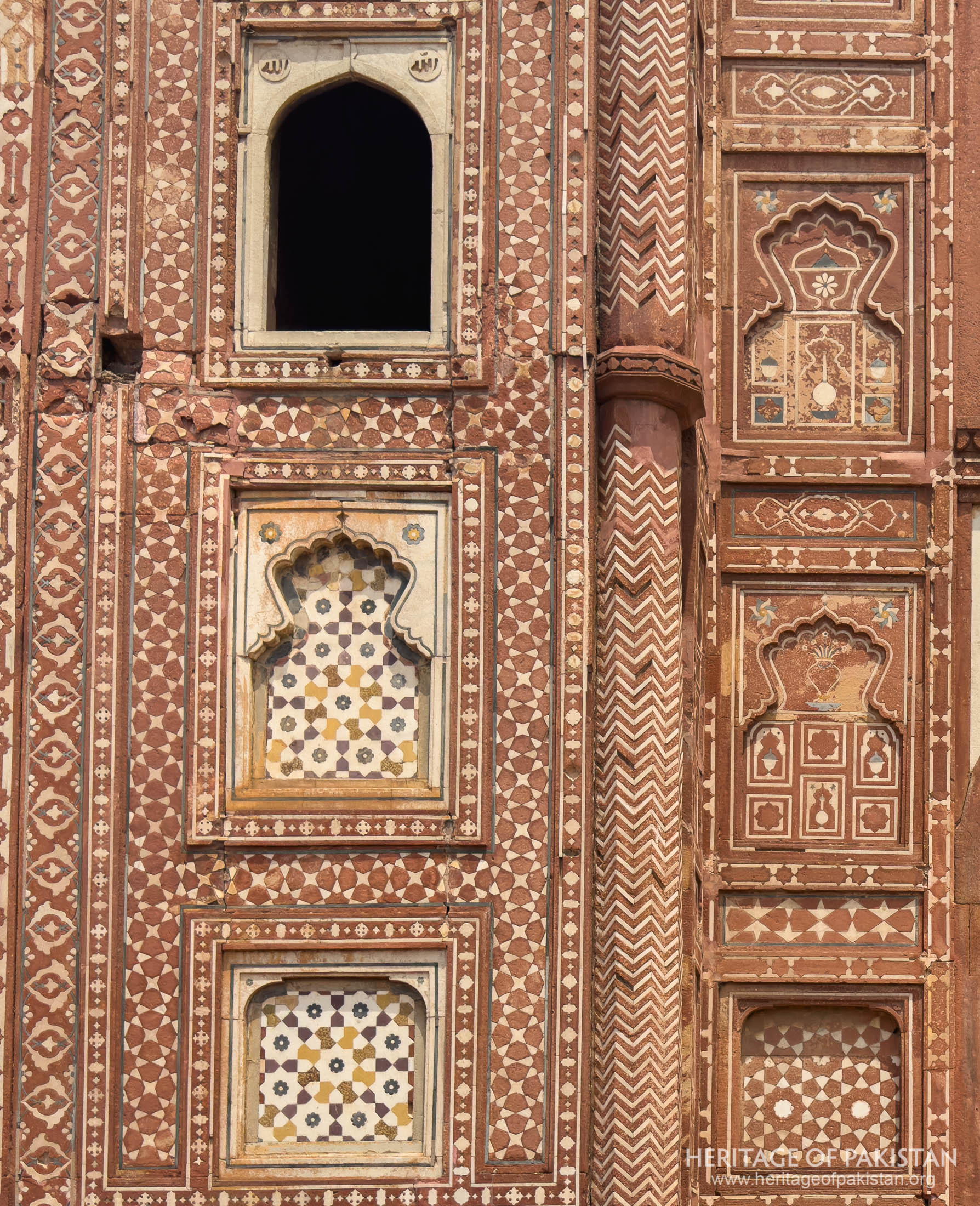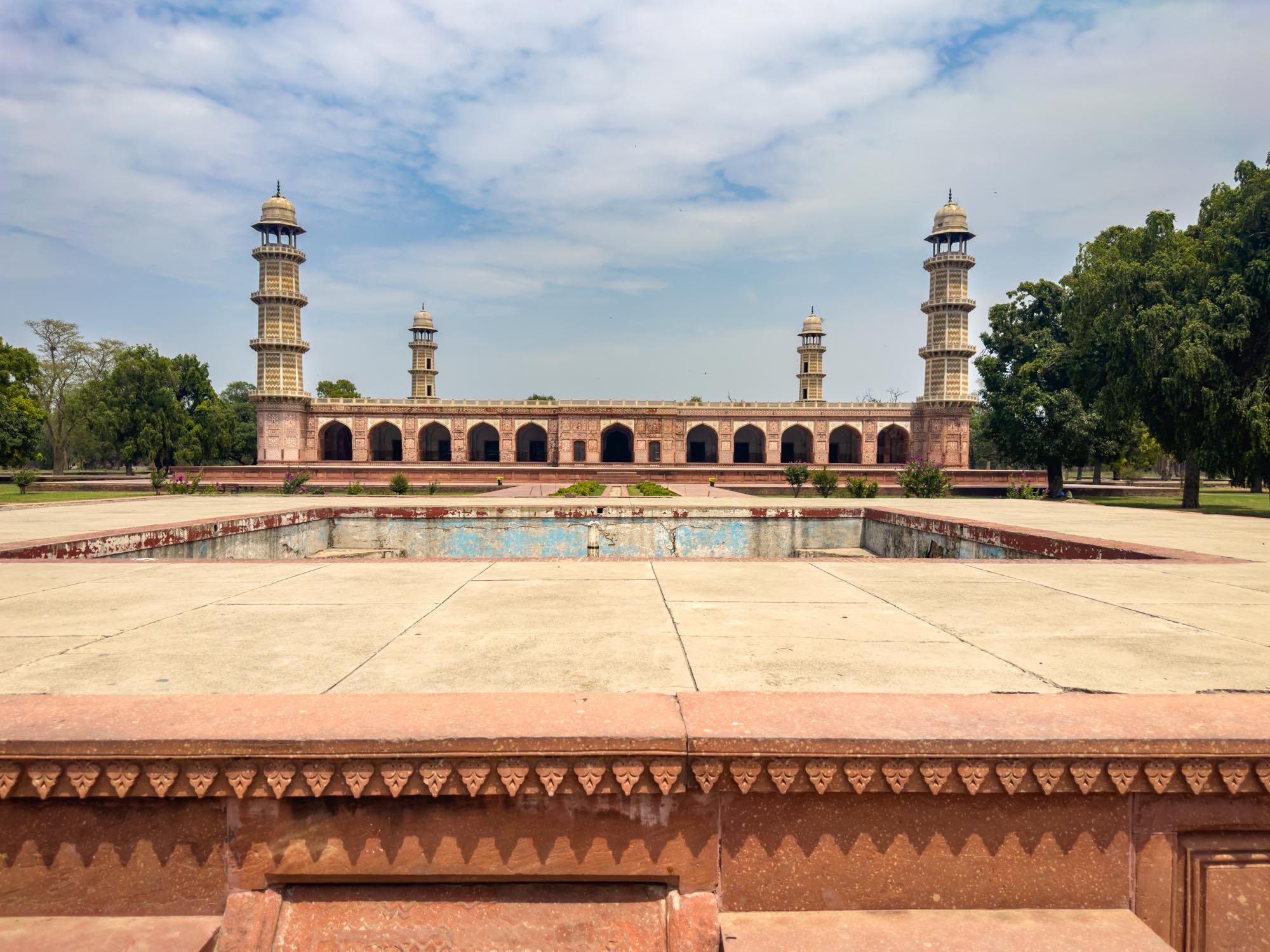Textarea
The Tomb of Jahangir, located in Shahdara, Lahore, is a beautiful Mughal monument dedicated to the fourth Mughal Emperor, Nur-ud-Din Muhammad Salim, known as Jahangir, meaning "Conqueror of the World."
Jahangir, born in 1569, was the son of the renowned Mughal Emperor Akbar the Great and ruled India from 1605 until his death in 1627.
The monument is an exquisite structure situated in the middle of the expansive Dilkusha garden. The red sandstone structure along with stone inlay creates a timeless combination
The building is a single-storey structure with a flat roof, devoid of a dome, adhering to the wishes of Jahangir, who expressly forbade the construction of a dome over his tomb to maintain a compromise with Sunni tradition
The Tomb of Jahangir is part of a larger ensemble that includes the Tomb of Asif Khan, built in 1645, and the Akbari Sarai, built in 1637
The building's facade is a combination of red sandstone with white inlay, featuring various motifs, mostly ewers, fruit dishes, and rose-water sprinklers, which add to its visual richness.
The Tomb of Jahangir in Lahore is a significant example of Mughal architecture and is known for its beautiful colorful design and beautiful garden.
The most striking feature of the tomb is its arcaded verandah of the inner sanctuary, which runs in front of a series of rooms.
The burial chamber contains the marble tombstone of Emperor Jahangir, marking the grave underneath. At the foot of the sarcophagus is an inscription in Persian, recording that "This is the illuminated grave of His Majesty, the Asylum of Pardon, Nooruddin Muhammad Jahangir Padshah 1037 AH."
The tomb complex is currently on the tentative list for UNESCO World Heritage status, highlighting its importance as a cultural and historical landmark










